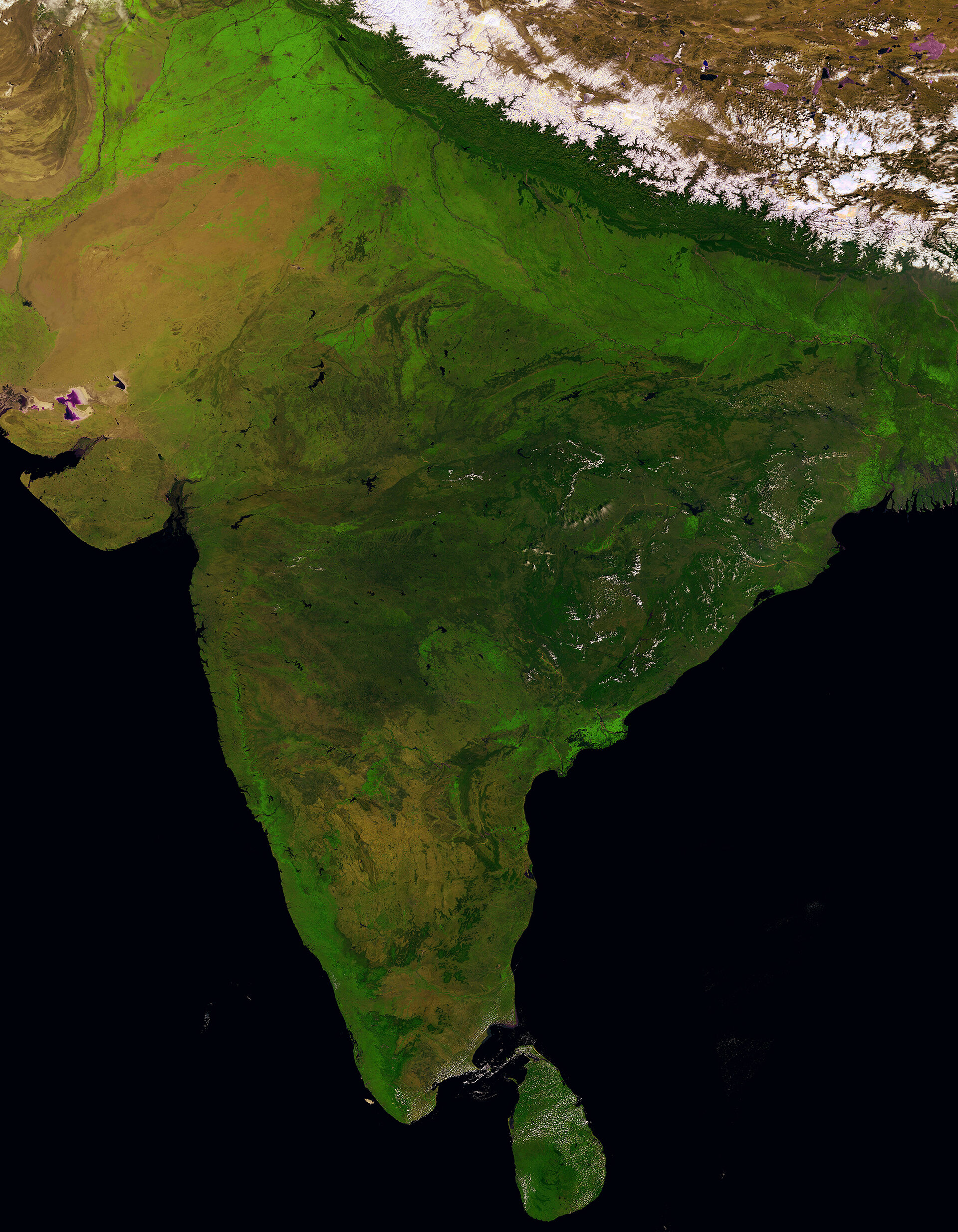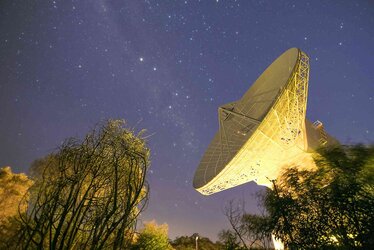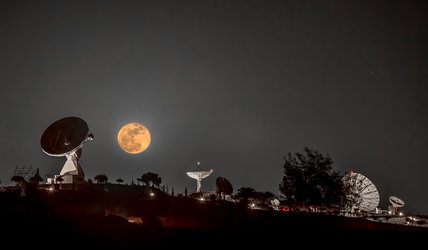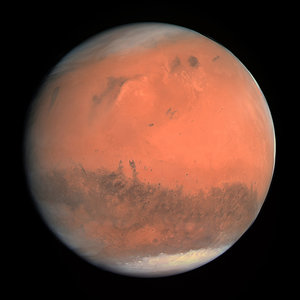ESA and Indian space agency ISRO agree on future cooperation
- ESA and the Indian Space Research Organisation (ISRO) will exchange navigation, operations and data handling support on selected future space missions.
- ESA Director General Josef Aschbacher and ISRO Chairman Kailasavadivoo Sivan met virtually on 30 July to celebrate the signing of the new cross-support arrangement and discuss wider spaceflight collaboration.
- Upcoming ISRO human spaceflight, lunar exploration and solar research missions could be among the first supported under the new arrangement.
Over decades, national and international space agencies have built up vast banks of knowledge and experience exploring our Solar System. Through sharing resources – physical infrastructure on the ground, lessons from past successes and failures, and ideas for the future – we reach further, bringing home more from space, for less.
ESA and the Indian Space Research Organisation (ISRO) have signed a cross-support arrangement for the exchange of support and expertise that will ensure both agencies can get information to and from their spacecraft when they need to most – especially during mission-critical moments like the hours after launch or during a landing.
ESA Director General Josef Aschbacher, ISRO Chairman Kailasavadivoo Sivan and senior officials from the two agencies met virtually on 30 July to celebrate the signing of the arrangement and to discuss the future of spaceflight collaboration between ESA and ISRO.
Boosting efficiency and science, reducing risks and costs
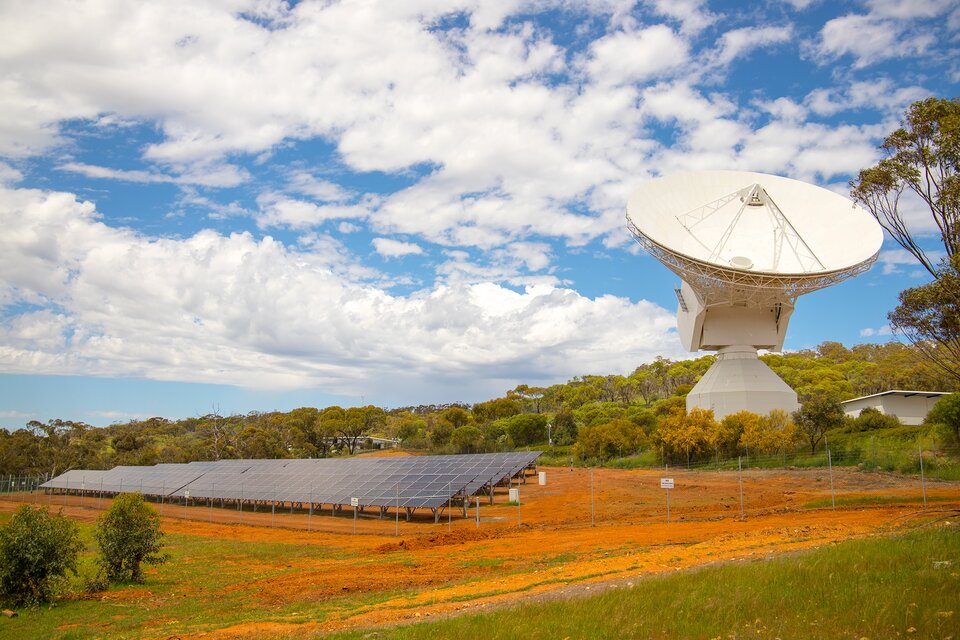
Spacecraft operators build deep space tracking stations to exchange data with their spacecraft, sending up commands from Earth to control the craft and its instruments and receiving valuable scientific and spacecraft status data from space.
But sometimes, an operator needs to track or command their spacecraft when it is outside the field of view of their own antennas or when their own stations are at maximum capacity ’speaking to’ other missions.
During critical moments, it is also important to have a backup antenna for communicating with a spacecraft in case of an emergency at the main tracking station – anything from a computer glitch to a nearby earthquake.
Building new giant antennas and tracking stations to meet these requirements for each mission would be very expensive. Receiving support from the stations of partner organisations instead significantly reduces costs, fosters international collaboration and allows both partners to exchange and benefit from each other’s mission experience and technical expertise.
Thanks to its global network of deep space tracking stations, ESA can help its partners track, command and receive data from spacecraft almost anywhere in the Solar System via its ESOC Operations Centre in Darmstadt, Germany.
Under the new cross-support arrangement, ESA tracking support could be provided for upcoming ISRO missions such as those of India’s first human spaceflight programme, Gaganyaan, the Chandrayaan-3 lunar lander and the Aditya-L1 solar research mission. In return, future ESA missions will receive similar support from ISRO’s own tracking stations.















 Germany
Germany
 Austria
Austria
 Belgium
Belgium
 Denmark
Denmark
 Spain
Spain
 Estonia
Estonia
 Finland
Finland
 France
France
 Greece
Greece
 Hungary
Hungary
 Ireland
Ireland
 Italy
Italy
 Luxembourg
Luxembourg
 Norway
Norway
 The Netherlands
The Netherlands
 Poland
Poland
 Portugal
Portugal
 Czechia
Czechia
 Romania
Romania
 United Kingdom
United Kingdom
 Slovenia
Slovenia
 Sweden
Sweden
 Switzerland
Switzerland

























